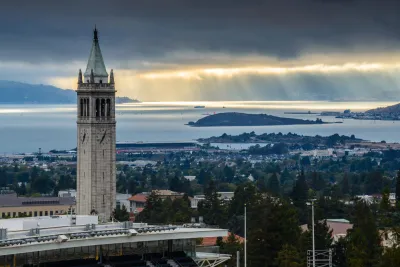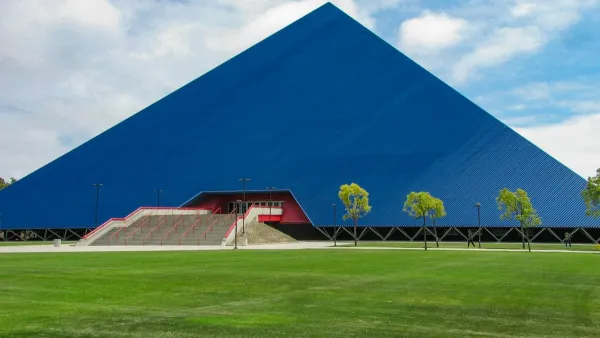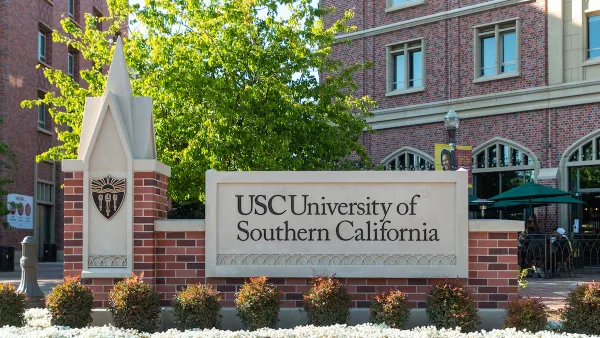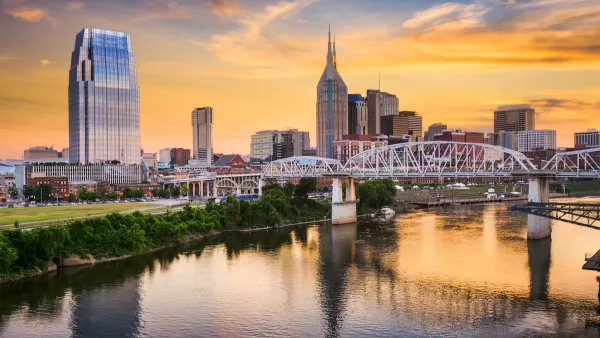Land grant universities are, by design, tasked with benefitting the communities in which they are located. The recent track record on that mission is mixed, according to a recent book on the subject.

Stephen M. Gavazzi, co-author of the book Land-Grant Universities for the Future: Higher Education for the Public Good, writes an article to describe the strengths, weaknesses, opportunities, and threats of land grant universities in the current day.
Land grant universities are the result of a law signed in 1862 by President Abraham Lincoln, who "granted federal land to states to support the development of America's first public universities."
"Land-grant institutions that were created include such prominent ones as Cornell, Maryland, Michigan State, MIT, Ohio State, Penn State, Rutgers, Texas A&M, West Virginia University, Wisconsin and the University of California -- four dozen of America's largest and best public universities. Add to this historically black colleges and universities and tribal colleges, and the total comes to more than 110 institutions."
According to Gavazzi, land grant universities have a mixed record in recent years with regard with their specific aim to serve their communities. Some universities are guilty of a "mission drift," to use Gavazzi's term, away from community-serving work, which has resulted in less public support for higher education.
There are other newer initiatives that "seem to be bringing communities back into the viewfinders of many land-grant and other public universities."
"One sterling example is the Innovation and Economic Prosperity Universities Program, hosted by the Association of Public and Land-grant Universities. This initiative assists universities in documenting and amplifying their ability to support economic and community development through meaningful, ongoing campus-community partnerships," according to Gavazzi.
FULL STORY: How Land-Grant Universities Can Enrich the Future of Communities

Analysis: Cybertruck Fatality Rate Far Exceeds That of Ford Pinto
The Tesla Cybertruck was recalled seven times last year.

National Parks Layoffs Will Cause Communities to Lose Billions
Thousands of essential park workers were laid off this week, just before the busy spring break season.

Retro-silient?: America’s First “Eco-burb,” The Woodlands Turns 50
A master-planned community north of Houston offers lessons on green infrastructure and resilient design, but falls short of its founder’s lofty affordability and walkability goals.

Test News Post 1
This is a summary

Analysis: Cybertruck Fatality Rate Far Exceeds That of Ford Pinto
The Tesla Cybertruck was recalled seven times last year.

Test News Headline 46
Test for the image on the front page.
Urban Design for Planners 1: Software Tools
This six-course series explores essential urban design concepts using open source software and equips planners with the tools they need to participate fully in the urban design process.
Planning for Universal Design
Learn the tools for implementing Universal Design in planning regulations.
EMC Planning Group, Inc.
Planetizen
Planetizen
Mpact (formerly Rail~Volution)
Great Falls Development Authority, Inc.
HUDs Office of Policy Development and Research
NYU Wagner Graduate School of Public Service




























